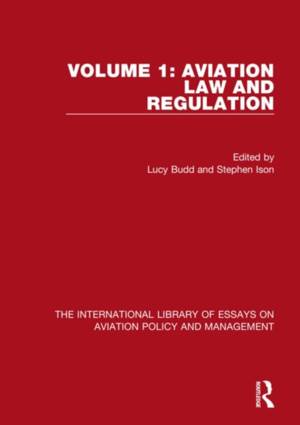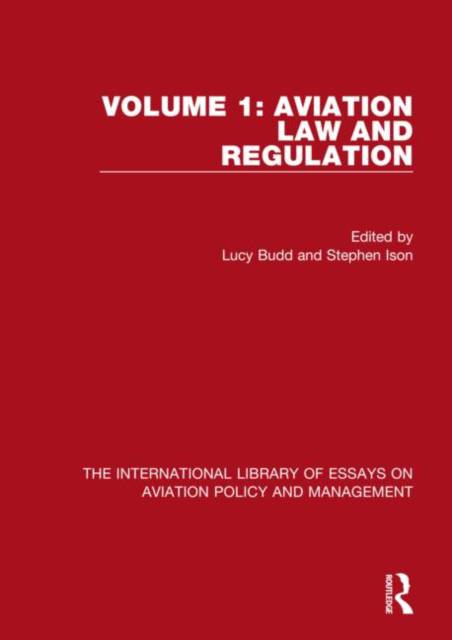
- Retrait gratuit dans votre magasin Club
- 7.000.000 titres dans notre catalogue
- Payer en toute sécurité
- Toujours un magasin près de chez vous
- Retrait gratuit dans votre magasin Club
- 7.000.0000 titres dans notre catalogue
- Payer en toute sécurité
- Toujours un magasin près de chez vous
Description
The development of civil aviation in the early 20th century presented a range of new legal and regulatory challenges concerning the rights of an aircraft from one state to enter the aerial territory of another. International flights threatened the territorial integrity of nation states and prompted politicians to draw up new aerial legislation and regulations to govern this new form of aerial movement. Whereas some states advocated free and open access to airspace and unrestricted aerial movement, other nations pursued a more protectionist stance based on regulation and reciprocal access arrangements. Technological developments in aircraft design and performance, combined with changing global political relations and the introduction of new forms of economic regulation have all fundamentally affected the development of air transport. This Volume explores carefully selected aspects of aviation law and regulation and examines the implications of changing regulatory intervention on the form and function of civil aviation worldwide.
Spécifications
Parties prenantes
- Auteur(s) :
- Editeur:
Contenu
- Nombre de pages :
- 286
- Langue:
- Anglais
- Collection :
- Tome:
- n° 1
Caractéristiques
- EAN:
- 9781472451576
- Date de parution :
- 23-10-19
- Format:
- Livre relié
- Format numérique:
- Genaaid
- Dimensions :
- 175 mm x 246 mm
- Poids :
- 699 g

Les avis
Nous publions uniquement les avis qui respectent les conditions requises. Consultez nos conditions pour les avis.






